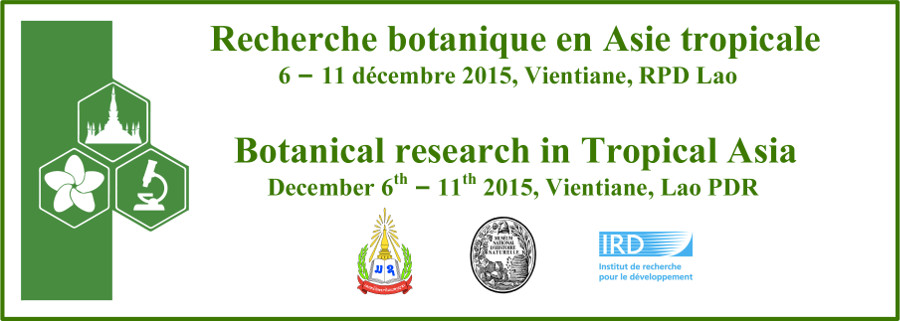The importance of conserving and managing the biological wealth of this planet, as a foundation for sustainable development, is now well realized by scientists and indeed by the whole society in many parts of the world. The Convention on Biological Diversity has given momentum in realizing the importance of biological wealth as base material for economic growth and development of a country. It is a critical period for conserving biodiversity, since natural ecosystems are being altered by direct and indirect human activities. This is particularly true of the Shervaroy Hills, which form a conspicuous and important segment of the Eastern Ghats of India at its southern extremity, a region well known for its rich biodiversity. Hence there is an urgent need to survey, document and conserve all the plant species of Shervaroys, including the bryophytes. Bryophytes have three disparate lineages, the liverworts, the hornworts and the mosses. The mosses form the most dominant group among the bryophytes. Although often considered as unimportant economically, mosses provide a lot of goods and services to humans. Moreover mosses play an important role in assessing environmental change and are indicator taxa. The present study was undertaken to survey, collect, identify and document the moss flora of the Shervaroy Hills and also to determine environmental deterioration in the hills using mosses as bioindicators. Highlights from the results will be discussed in the presentation.
- Poster

 PDF version
PDF version

